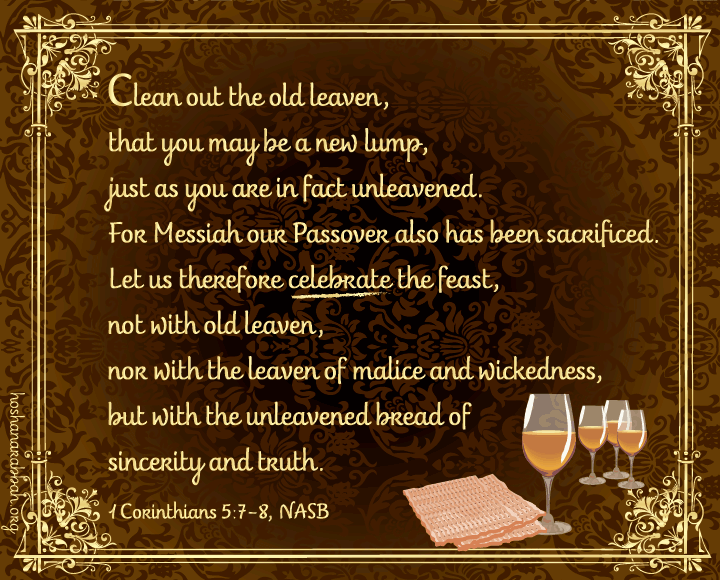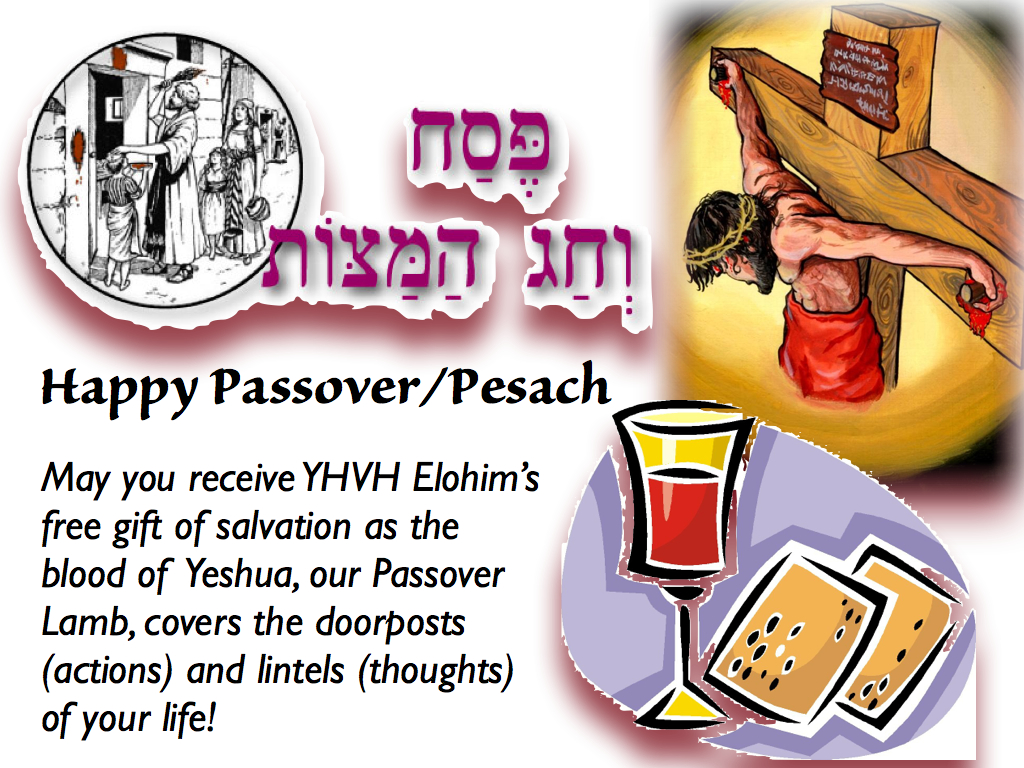
Shavuot is the third festival in YHVH’s cyclical parade of annual sacred appointed times. It is also known as the Feast of the Harvest of the First Fruits (Exod 23:16), Day of First Fruits (Num 28:26) and the Feast of Weeks or Shavuot (which is Hebrew for weeks, Exod 34:22; Deut 16:10, 16; 2 Chr 8:13). Shavuot falls fifty days “from the day after the [weekly] Sabbath” (NKJV) that falls during the Days of Unleavened Bread, and hence the derivation of the name Pentecost (meaning “to count fifty”) as recorded in the Testimony of Yeshua (or New Testament/NT, Acts 2:16).
According to the first-century Jewish historian, Flavius Josephus, the concept of counting fifty was expressed by the Jews of that day by the Hebrew word Asartha (Ant. III, x, 6). The 19th century Jewish scholar S. R. Hirsch in his Torah commentary refers to it as Azereth (The Pentateuch-Leviticus, p. 663). Both of these references seem to pointto the Hebrew word VRMG atzerah or atzereth,pl. meaning “an assembly or solemn assembly.”
YHVH through his Torah (the law of Moses) instructed his people that Shavuot was…
- a day of rest where laborious or servile work was prohibited (Lev 23:21)
- a commanded assembly (Lev 23:21)
- a time when the priests offered up offerings and sacrifices (Lev 23:18–20)
- a time when all males were to bring the tithes of the increase of their income (Exod 23:14; Deut 16:16)
- a time when the priests were to offer up as a wave offering to YHVH two loaves of leavened bread made of the freshly harvested wheat (Lev 23:17–20)
- to occur where YHVH would place his name and all were to go there to celebrate it (Deut 16:11)
- a time of rejoicing (Deut 16:11)
- to be forever (Lev 23:21)
An Agricultural Festival With Prophetic Implications
Ancient Israel was an agricultural society that had a spring harvest of grain and a fall harvest of fruit. The spring harvest consisted of the smaller barley harvest, which began during the Days of Unleavened Bread, and the much larger wheat harvest occurring fifty days later at Shavuot. Both the barley and wheat harvests were prophetic pictures symbolizing new life and new creation, and both were presented to YHVH by the priests for his acceptance—a sheaf of barley on First Fruits Day on the Sunday during Hag HaMatzot (the Feast of Unleavened Bread, Lev 23:10–11), and two loaves of leavened wheat bread on Shavuot (Lev 23:17).
On First Fruits Day, the priests of Israel would raise the newly harvested barley and wave it before YHVH for his acceptance. This was a prophetic picture of Yeshua who upon his resurrection Saturday evening, and subsequent ascension to heaven later on the first day of the week to be accepted by the Father (John 20:17) at the exact time the priests were waving first fruits sheaf of barley heavenward. Literally, Yeshua was the first to resurrect from the dead, and can thus be called the first of the first fruits of the resurrection from the dead.
Fifty days later Pentecost occurred when the priests offered to YHVH the two loaves of leavened bread made of wheat from the first fruits of the larger of the two spring harvests. This foreshadowed the larger harvest of souls during the time period from the giving of the Ruach HaKodesh (the Set-Apart Spirit) until Yeshua’s second coming. We are at the close of that time period now as the end of the age draws near. The Feast of Pentecost in Acts chapter two ushered in this time period with the harvest of thousands of people (Acts 2:41,47). It must be inserted here that an even larger harvest of people for the kingdom of YHVH is yet to occur during the fall feast days, which corresponds with the largest harvest of the entire year—the fall fruit harvest. This spiritual harvest will occur just prior to and after the return of Yeshua as an innumerable multitude of people come to faith in Yeshua out of the great tribulation (Rev 7:14) and when many more will be saved during the Messianic Age (or Millennium) itself.
The Prophetic Implications of the Feast of the Harvest of First Fruits
As we have seen, The Feast of the Harvest of First Fruits is another name for Shavuot (Exod 23:16; 34:22; Num 28:26). At Passover time, the barley (Exod 9:31 cp. chap. 12) was ready to be harvested in the land of Israel. Fifty days later at Pentecost, the larger wheat crop was ready for harvest (Exod 34:22). Barley and wheat were the two main grain crops of Israel (Deut 8:7–8; 2 Chron 2:15; Jer 41:8). In the late summer, the larger harvest of fruits and vegetables occurred.
These three harvests coincided, as noted above, with Israel’s three pilgrimage festivals: Passover, Pentecost and the Feast of Tabernacles. The success of these three harvests was contingent upon the arrival of the fall (early or former) rains and the latter rains of the spring upon the land of Israel. In biblical and Jewish thought, these rains are prophetic of an outpouring of the Spirit of Elohim upon the earth, as well as of an outpouring of YHVH’s Torah-understanding and glory. This two-fold aspect of YHVH’s Word (spirit and truth) is expressed in many ways in many places throughout the pages of Scripture:
- spirit and truth (John 4:23–24; 1 Pet 1:22)
- letter and spirit (2 Cor 3:6; Col 1:6)
- grace and truth; the truth in love (Eph 4:15)
- truth and life (John 14:15)
- judgment and mercy (Jas 2:13)
- power and authority (Luke 4:36)
- word and spirit (Eph 6:17)
- Moses and Elijah
- “Old” and “New Testaments”
- Mount Sinai and Mount Moriah/Zion
- the two houses of Israel (the Jews/Judah emphasizes the letter of the law/the Torah, while Ephraim/the Christians emphasize the spirit of the law/grace/Yeshua.
The land of Israel and the rain and harvest cycles are prophetic shadows of future outpourings of YHVH’s Spirit and the revelation of his Written Word upon people’s lives as they accept Yeshua and allow his Spirit to teach and instruct them concerning the ways of Elohim. The early rain and the latter rain also teach us about the pouring out of Elohim’s Spirit in a corporate way upon all flesh. The early rain prophetically points to the outpouring of the Set-Apart Spirit during Yeshua’s first coming and the latter rain points to the outpouring of his Spirit during Yeshua’s second (The Seven Festivals of Messiah, by Eddie Chumney, pp. 97–98). Chumney goes on to note that the concept of harvest represents the salvation of people with the spring harvest representing those who would receive Yeshua as Messiah in the present age and the fall harvest representing those who would come to Messiah at the end of the present age (ibid., p. 98).
The Giving of the Torah at Mount Sinai on Shavuot
Not of secondary importance to what we have already discussed regarding important things that occurred on Shavuot was also the giving of the Torah at Mount Sinai that occurred on this day. On Shavuot, YHVH “married” Israel (Ezek 16:1–13) when he formulated a covenantal agreement with her to which to which she agreed when she said “I do” three times (Exod 19:8; 24:1–8). The Torah was the basis of that covenant, or the marriage vows, if you will to which Israel swore allegiance.
YHVH gave his people the words of life to live by, but because of the hardness of their hearts they were not able to be faithful to his Torah. Like a wife who says “I do” in response to her wedding vows, but cannot remain faithful to her marriage covenant, so Scripture likens Israel to such a woman who became a spiritual harlot (Ezek 16:14–34).
In spite of Israel’s apostasy and spiritual whoredoms, YHVH had made promises to Abraham and to his descendants that were unconditional in nature. Whether Abraham’s descendants remained faithful to YHVH or not, YHVH’s promises to Abraham were inviolate. Though the Israelites had violated the vows they made to YHVH at Mount Sinai, he revealed to the ancient Hebrew prophets that he would eventually formulate a second renewed covenant with Israel, and this time he would pour out upon them his Spirit and write his Torah-laws in their hearts (Jer 31:31–33; 24:7; Ezek 11:19; 36:25–27).
On Passover at the last supper, YHVH-Yeshua betrothed himself to Israel all over again (Matt 26:28; 1 Cor 11:25)—this time a redeemed and Spirit-indwelt bride. As a seal or pledge of this betrothal, he promised to send to his disciples the Comforter or Set-Apart Spirt (John 14:26; 15:26; 16:7; Eph 1:13–14). This occurred on the day of Pentecost when he poured out his Spirit upon Yeshua’s disciples. Each received the fire of his Spirit (Act 2:1–4). In this, YHVH fulfilled his promise to give his people a heart of flesh to replace their heart of stone, thus empowering or enabling them to keep his Torah-commandments (Heb 8:7–13). In other words, Yeshua, the Living Torah-instructions of YHVH, came to take up residence within the very hearts and minds of redeemed believers through the indwelling and empowering presence of his Set-Apart Spirit. In so doing, Yeshua is living out or fulfilling his Torah from within each redeemed Israelite believer even as he himself lived out or fulfilled the Torah-Word of YHVH when he walked this earth.
We can enter into this same renewed covenant with Yeshua, who is the Living Torah and our heavenly Bridegroom, when we do as Paul says in Romans 10:9 and 10 and confess with our mouths the Master Yeshua and believe in our heart that Elohim has raised him the dead.
Romans 10:13 goes on to say, “Whoever shall call upon the name of the Master shall be saved.” Yeshua also said, “Whosoever therefore shall confess me before men, him will I confess also before my Father which is in heaven” (Matt 10:32). After confessing him, repenting of our sins, we must then be baptized and be prayed over to receive the Spirit of Elohim (Acts 2:37–41). Then one must continue to walk steadfastly in the truth of the gospel message, stay in fellowship with like-minded believers, and maintain a personal relationship with YHVH through personal devotional prayer (Acts 2:42).
Isn’t this a beautiful picture of YHVH’s love and care for his bride—his people? This is all part of the wonderful plan of salvation or redemption that YHVH laid out thousands of years ago to bring people into a life-giving relationship with himself through his instructions in righteousness—the Torah. This has all being accomplished through Elohim’s Son, Yeshua the Messiah, the Living Torah who now leads and guides his people through the wilderness of life not via a pillar of fire over a physical tabernacle, but through the fire of the Ruach HaKodesh living in the spiritual temple of each individual believer’s heart and mind, which guides them spiritually from within.
On Shavuot the first century redeemed believers were divinely empowered with the Ruach HaKodesh, called the immersion in the Ruach HaKodesh (or the baptism of the Set-Apart Spirit, Acts 1:5, 8). As a result of the empowerment of the Spirit of Elohim, we see Peter being transformed from a spiritual mouse (compare John 20:23 with John 21:3) into a spiritual lion or dynamo (Acts 2:14–41). The immersion or saturation in the Sprit or Ruach is for the purpose of being empowered with supernatural gifts and enablements (the gifts of the Ruach, see 1 Cor 12) in order to be equipped to go out into the harvest field of human souls spiritually empowered and ready to bring in the spiritual harvest of souls. On the day of Pentecost, YHVH wrote the Torah into the hearts of the redeemed believers by the Ruach, and then supernaturally empowered them to take both the message of Torah—the light of his truth—coupled with the good news of the Redeemer, Messiah Yeshua—the Living Torah word of Elohim—to a lost and dying world. This is the fundamental message and purpose of Shavuot in the Book of Acts.






